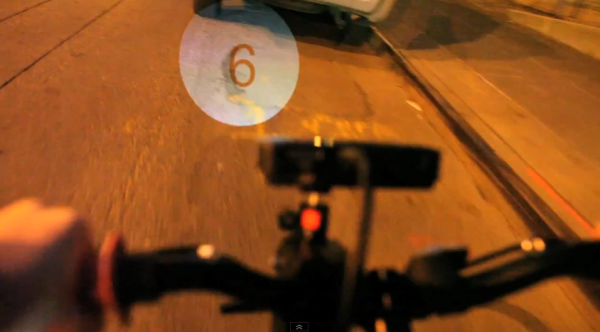
One advantage that skiers have always had over snowboarders is the ability to move through flat sections with ease. [Matt Gardner] built this prototype to help even the playing field. When he would normally need to kick, hop, or remove the board and walk he can now engage his snowboard battery propulsion system.
The rig works much like a paddle boat. The two wheels sticking out to either side of the board push against the slow to move the board forward. The drive train is built from an RC plane speed controller and battery, a motor and gearbox from an 18V drill from Harbor Freight, and a couple of 3D printed gears and mounting brackets. He used a 3D printer to make one drive wheel, then used that to make a silicone mold to cast the wheels used above. The entire assembly is attached to the board with a door hinge. This way the rig can be rotated out of the way (and we assume strapped to his boot) when he’s shredding down the mountain. When paired with an in-goggle HUD this will take snowboarding to the next level!
Unfortunately since it’s already April there’s no snow left to test it on, which means no demo video. But he does tell us that a test run on both grass and carpet went well.
















